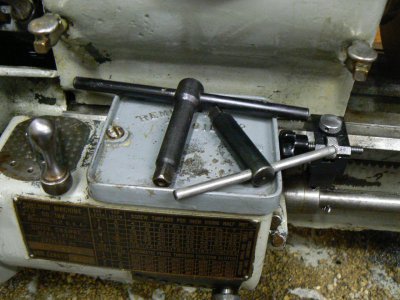B
Bill Gruby
Forum Guest
Register Today
My way to set a four jaw, centered or offset is LOTS OF PRACTICE. I set mine either way, centered or offset in less than 60 seconds with a single wrench and magnetic based indicator..
"Billy G"
"Billy G"

